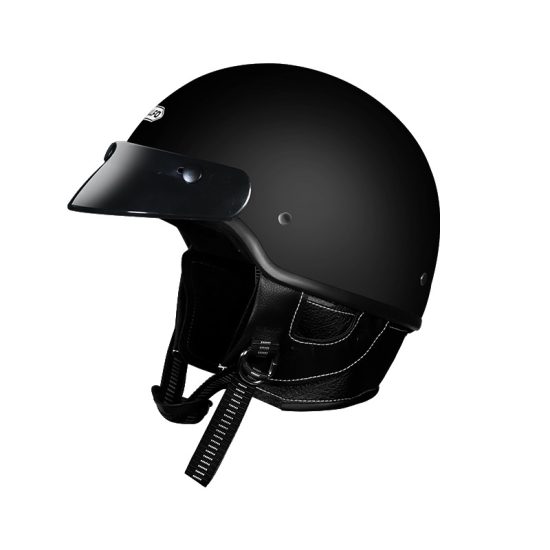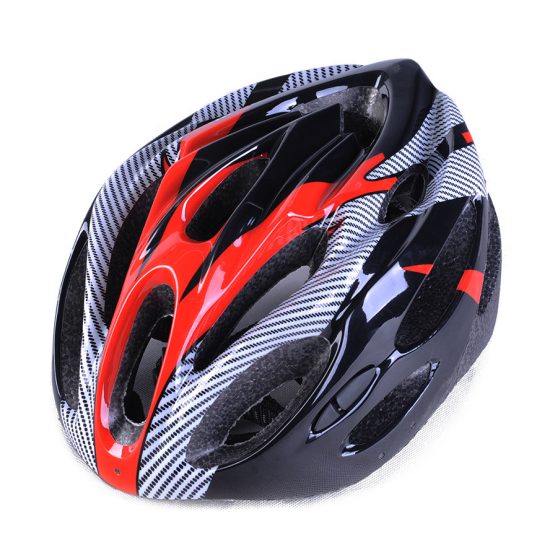Hard hats are a fundamental piece of personal protective equipment (PPE) used in various industries to safeguard workers from head injuries. This closer look at hard hats will provide you with valuable information about their importance, components, types, and maintenance:
The Importance of Hard Hats:
- Head Injury Prevention: Hard hats are designed to protect the head from falling objects, debris, and impacts, reducing the risk of traumatic brain injuries and other head-related injuries in the workplace.
- Electrical Protection: Some hard hats are designed to provide protection against electrical shocks and burns, making them suitable for workers in electrical and utility industries.
- Compliance with Regulations: Many occupational safety regulations and standards require the use of hard hats in specific work environments. Compliance helps prevent accidents and legal issues.
Components of a Hard Hat:
- Shell: The outer shell is the rigid, protective layer of the hard hat, typically made of materials like high-density polyethylene (HDPE) or fiberglass. It’s designed to distribute impact force.
- Suspension System: The suspension system is the inner part of the hard hat that cradles the wearer’s head. It includes straps, bands, and a headband to provide comfort and help absorb shock.
- Brim: The brim, or peak, extends beyond the shell to provide shade and protection from sun, rain, and falling objects.
Types of Hard Hats:
- Type I vs. Type II: Type I hard hats provide top protection only, while Type II hard hats offer both top and lateral (side) protection.
- Classes: Hard hats are classified into different classes based on their electrical protection capabilities. Class G (General) offers protection up to 2,200 volts, Class E (Electrical) provides protection up to 20,000 volts, and Class C (Conductive) offers no electrical protection.
- Customization: Some hard hats can be customized with accessories like face shields, hearing protection, and chin straps, depending on specific job requirements.
Proper Use and Maintenance:
- Correct Fit: Ensure that the hard hat fits securely on your head and is adjusted to the right size. The suspension system should be snug but comfortable.
- Regular Inspection: Inspect your hard hat before each use for signs of damage, such as cracks, dents, or wear. Replace it if you notice any issues.
- Clean and Store Properly: Keep the hard hat clean and free from contaminants. Store it in a cool, dry place away from direct sunlight and chemicals that may degrade the materials.
- Replace When Necessary: Hard hats have a limited lifespan and should be replaced according to the manufacturer’s recommendations or if they sustain significant damage.
In conclusion, hard hats are a critical component of workplace safety, providing protection against head injuries in hazardous environments. Understanding their components, types, and proper use and maintenance is essential to ensure they serve their intended purpose effectively. Always prioritize safety in your workplace by wearing and maintaining your hard hat as needed.


